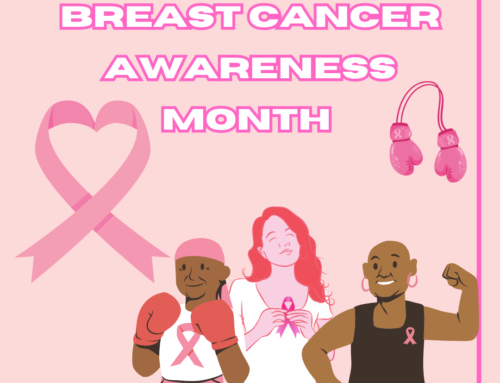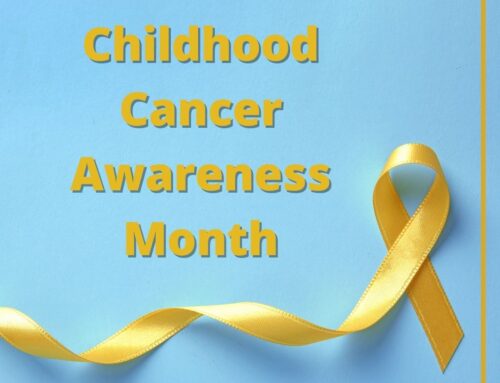7 High Protein Foods
Greeting readers!
Does anyone else feel overwhelmed when looking at a nutrition label? If so, you are definitely not alone. Nutrition labels are home to a lot of great information, but this week we are focusing on one word from the nutrition labels: Protein! Before we dive any further into the importance of protein, here are this week’s affirmations:
Eating “healthy” can mean something different, depending on who you ask. It can be hard to incorporate each food group into every meal or to know exactly how much you should be eating. Unfortunately, we cannot provide an exact answer to how much protein you should be eating, since every person needs a different amount. However, we can say that it is important to make sure you are eating protein every day. After all, if you are not eating protein, you are for sure not getting enough.
So, what is protein?
Protein is a macronutrient that provides nutrients important for maintaining your health and body. It is a source of energy and aids in the growth and repair of body tissue. Protein is a main component of the body’s tissues, muscles, and organs.
What happens if you are not eating enough protein?
A main sign of protein deficiency (not having enough protein in the body), is feeling weak and hungry, as protein is a source of energy. Another sign of protein deficiency is a decline in hair and skin health, as the hair and skin are made of types of proteins. Other signs of a lack of protein include mood changes, muscle weakness, stress fractures in bone tissue, and getting and remaining sick easier and for longer amounts of time.
How much protein is a high amount of protein?
The body can process roughly 20-25 grams of protein from a meal. This means that if you eat 35 grams of protein in one meal, only 20-25 of the 35 grams will be processed, and the other 10 grams will go unused. So, you do not necessarily need to eat as much protein as possible in one sitting, but you should aim for the 20-25 gram range. You can base a “high protein food” on how close it is to the 20-25 range. For example, a 4-ounce piece of grilled chicken provides 22 grams of protein, making it a high (close to the 20-25 range) protein food.
What are examples of high-protein foods?

Here’s how YOU can be a Prevention Partner:






